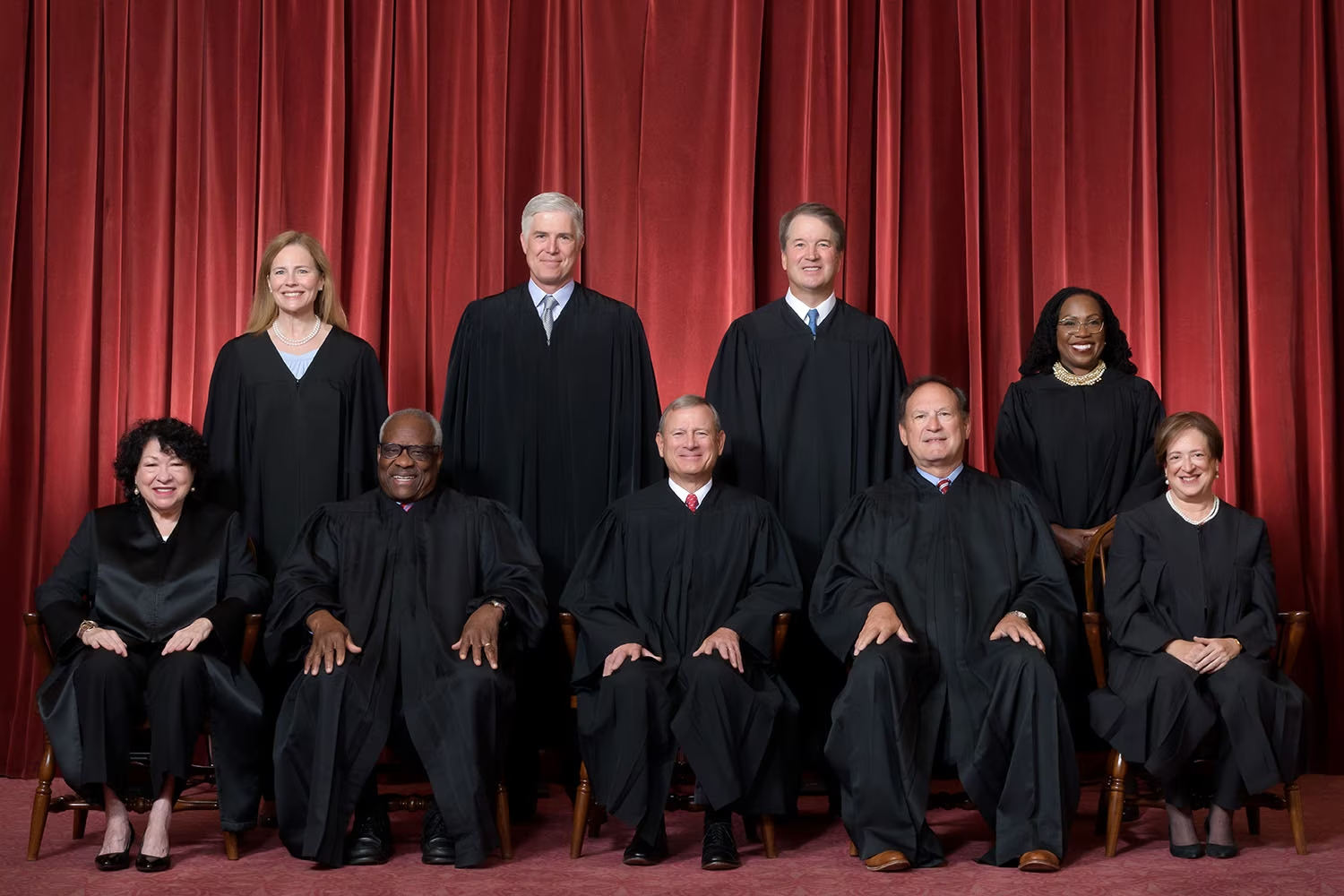A recent Supreme Court decision that substantially narrowed the Environmental Protection Agency’s authority to regulate millions of acres of wetlands is expected to open more land for development.
More than half of the nation’s wetlands could lose protection under the Clean Water Act, according to environmentalists and legal analysts. This concerns water quality advocates who fear the ruling will lead to degraded water supplies.
From a developer’s perspective, projects will have fewer regulatory hurdles to overcome, making them faster to move from conception to construction. This could make new housing developments more financially viable during a time of acute housing shortages in many areas of the U.S., they point out.
The case, Sackett v. Environmental Protection Agency, involved an Idaho couple who tried to build a house on property they’d purchased. The couple filled a soggy part of the property with sand and gravel to prepare for construction. The EPA ordered them to halt construction and return the property to its original state. The couple then sued the agency.
Related Stories
Codes and Standards | Aug 30, 2017
Stormwater runoff mitigation pays off for some building owners
Rain gardens, green roofs, cisterns, and rainwater recycling add value.
Codes and Standards | Aug 28, 2017
Commercial properties address state carbon-reduction policies
EV charging stations, batteries, and microgrid technology are all part of effort to meet demand for cleaner power.
Codes and Standards | Aug 24, 2017
OSHA silica dust exposure enforcement begins Sept. 23
Vacuum dust collection, water-delivery systems, and respirators will be required.
Codes and Standards | Aug 18, 2017
Cool roofs may increase air pollution
California’s requirement for cool roofs on new non-residential buildings could promote smog.
Codes and Standards | Aug 17, 2017
Black market sales of OSHA training certifications plague New York City construction industry
Task force formed to get fake training cards off the streets and workers properly trained.
Codes and Standards | Aug 16, 2017
Big changes coming to Ontario building code
Proposals include solar-ready roofs, more stringent heating/cooling efficiency requirements, and graywater reuse.
Codes and Standards | Aug 15, 2017
ASHRAE certifications recognized by DOE as meeting Better Buildings Workforce Guidelines
Two of six such certifications are ASHRAE programs.
Codes and Standards | Aug 14, 2017
New edition of AISC Steel Construction Manual now available
Includes the 2016 Specification for Structural Steel Buildings.
Codes and Standards | Aug 10, 2017
AAMA releases updated Standard Test Method for Water Penetration Using Dynamic Pressure
The update applies to windows, curtain walls, and doors.
Codes and Standards | Aug 9, 2017
UpCodes aims to make researching building codes, regulations easier through searchable app
App currently includes building codes of 40 states and New York City.
















